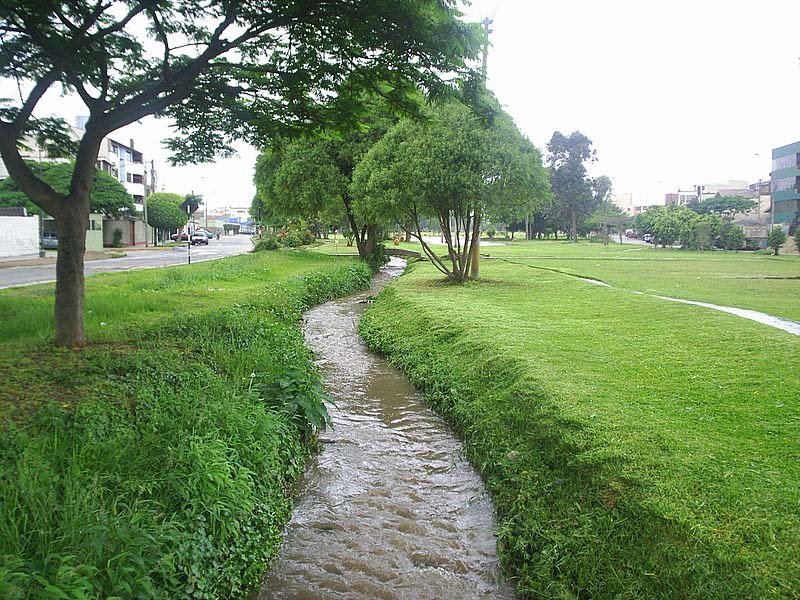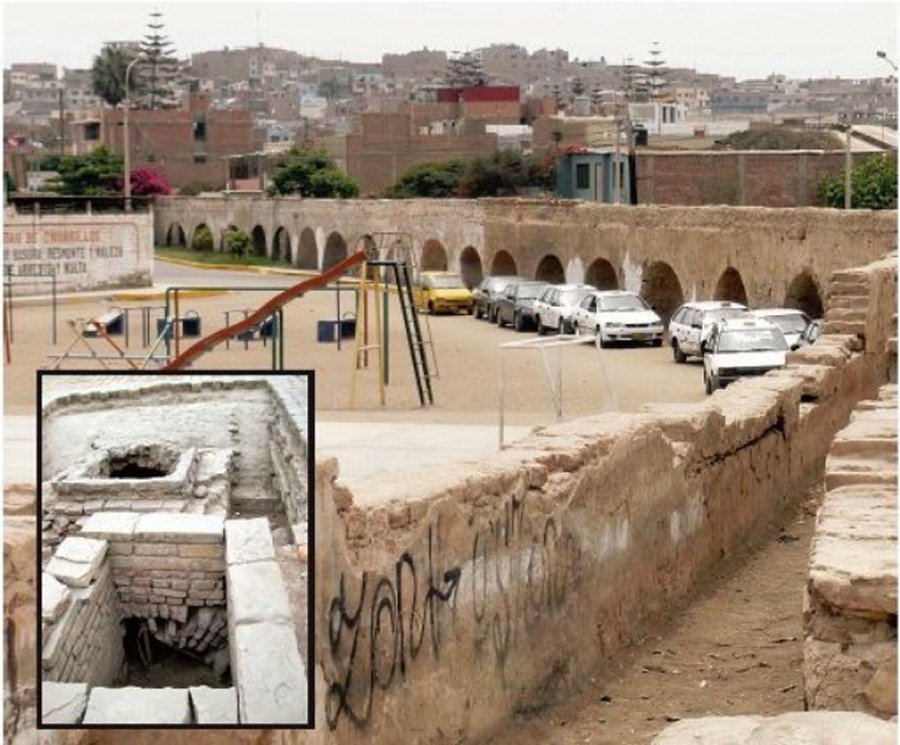MessageToEagle.com – Two thousand years after their construction, the prehispanic channels still continue irrigating and giving life to Lima, Peru. The city is the world’s second largest city (after Cairo), located in a desert and home to nearly 10 million people.
The legacy of prehispanic canals built by the Lima culture and later extended by the Wari and Inca Ichma, today enables the existence of parks and other public green areas of the city.
These four structures, constructed by the Wari, Ichma and Inca civilizations, are more than 2,000 years old. Experts continue to preserve a number of these canals, the Spanish news agency EFE reported.

Surco channels, Ate and Huatica, only the first and largest, which collects the waters of the Rimac River, water in its route of 29.5 kilometers the green areas of 12 of the 43 districts of Lima, comprise 723 parks, plus streets and the Costa Verde cliff in the district of Miraflores.
According to journalist Para Lizarzaburu, construction of canals is a perfect example well applied prehispanic engineering, which enables distribution of water collected from the three great rivers of Lima: the Chillon, Rimac and Lurin.

The development of each of these channels involved 2,000 years ago a topographical knowledge of the area and a perfect calculation of ancient engineers. Their work resulted in channels that descended on slopes that allowed them to stay the course without overflow and cause flooding.
One of the canals, is known as Surco and it uses water from the Rímac River to irrigate 12 of Lima’s 43 city districts in a 19-mile stretch,along with parks. Lizarzaburu says, the structure is not only a practical tool, but also illustrates the feats of engineering achieved by pre-Hispanic cultures in the Americas.
To construct an irrigation system implies knowledge; it is not simply opening up a ditch in order to make the river cross a part of the desert. That is why it is very certain that each of the four canals is oriented in a different manner.
The canals suggest that the Incas and other cultures possessed remarkable topographical analysis skills, as the canals have no tendency to cause flooding.
Interestingly enough, a lot of people in Lima have never heard of the ancient structures.
“The residents of Lima do not even know that they live in a desert, that they have to thank those who lived in this area some 2,000 years ago and who began to build a system of canals and thus allowed this city to survive,” the investigator noted.
“Lima’s canals are a prehispanic institution that continues to serve a city that today – more than ever – depends on the work of (long-passed) citizens who transformed the desert in valleys and who today help better the lives of 9 million.”
MessageToEagle.com
source: Pagina Siete






